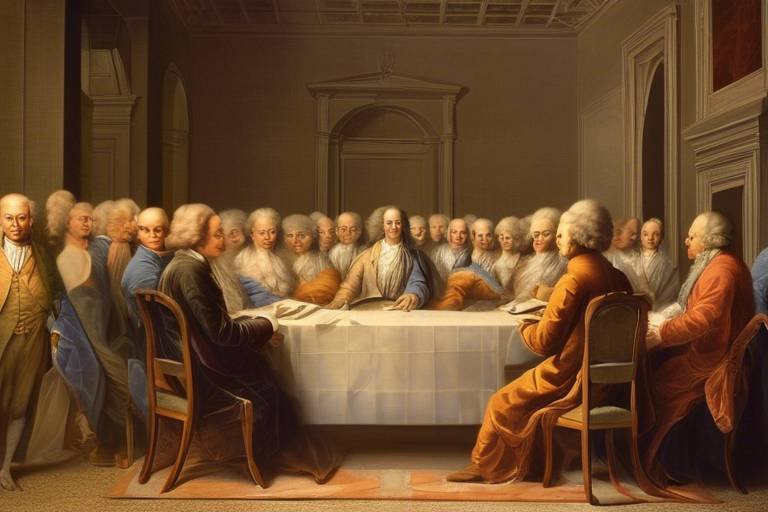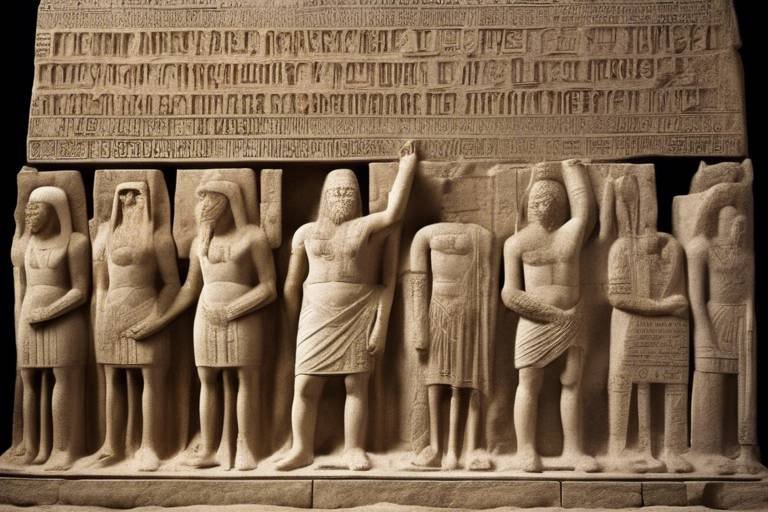The Role of Monuments in Collective Memory
Monuments play a crucial role in shaping and preserving collective memory, acting as tangible symbols that reflect a society's values, beliefs, and historical narratives. These structures stand as powerful representations of events, individuals, and ideals that have left a lasting impact on a community's identity.
Through their symbolism and representation, monuments serve as visual reminders of significant historical moments and figures, allowing communities to connect with their past and heritage. They encapsulate the essence of shared experiences and cultural identity, fostering a sense of unity and belonging among individuals.
Controversy often surrounds monuments, sparking debates on issues such as historical accuracy, cultural appropriation, and political implications. These discussions highlight the complexities of memory preservation and the varying perspectives on how history should be remembered and portrayed.
Monuments not only memorialize history but also serve as potent political tools, used by governments and groups to assert power, shape narratives, and influence public opinion. The strategic placement and design of monuments can convey specific messages and ideologies, shaping collective memory in a deliberate manner.
Efforts to decolonize public spaces have led to a reevaluation of existing monuments and a push for diverse historical perspectives. By engaging in community dialogues and promoting inclusivity, societies aim to create a more accurate and representative reflection of their shared past.
The future of monumental representation is evolving in response to changing societal values and historical interpretations. As communities continue to reexamine the significance of monuments, the process of creation and preservation is adapting to ensure a more inclusive and reflective portrayal of collective memory.

Symbolism and Representation
Exploring how monuments shape and preserve collective memory, influencing cultural identity and historical narratives.
Examining how monuments symbolize values, events, and individuals, reflecting societal ideals and historical significance.
Monuments stand as powerful symbols that transcend time, encapsulating the essence of a society's beliefs, achievements, and struggles. They serve as visual representations of significant events, revered figures, and cherished values, embodying the collective identity of a community. Just like a portrait captures a moment in a person's life, monuments freeze historical moments in stone, immortalizing them for generations to come. Their presence on the urban landscape acts as a mirror reflecting the values and aspirations of a society, shaping the narrative of its past and present.
When we gaze upon a monument, we are not merely looking at a structure of stone or metal; we are witnessing a story unfold before our eyes. Each intricate detail, from the pose of a figure to the symbols engraved, carries layers of meaning and historical significance. Monuments have the power to evoke emotions, provoke thoughts, and ignite discussions about the values and events they represent. They serve as visual anchors in the sea of collective memory, guiding us through the turbulent waters of history with their steadfast presence.
Just as a painting captures the essence of an artist's vision, monuments encapsulate the essence of a society's narrative, encapsulating its triumphs, struggles, and defining moments. They stand as guardians of memory, preserving the legacy of past generations and passing it on to the future. Through their symbolism and representation, monuments weave a tapestry of stories that connect us to our roots, reminding us of where we come from and who we aspire to be.
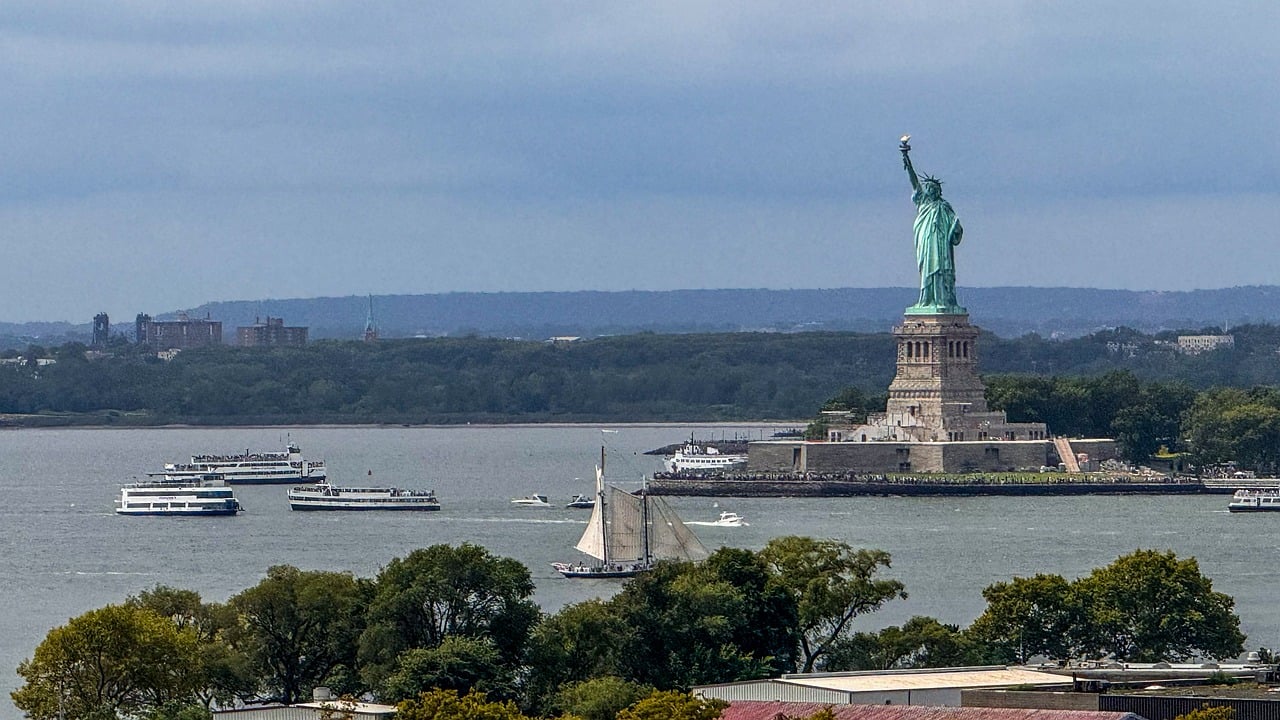
Controversy and Debate
Exploring how monuments shape and preserve collective memory, influencing cultural identity and historical narratives.
Examining how monuments symbolize values, events, and individuals, reflecting societal ideals and historical significance.
Analyzing the controversies surrounding monuments, including discussions on historical accuracy, cultural appropriation, and political implications.
Monuments have long been subjects of controversy and debate due to their complex nature. While some view them as symbols of heritage and history, others criticize them for perpetuating narratives that may be biased or exclusionary. The debate often revolves around questions of historical accuracy, as some monuments may glorify individuals or events with controversial pasts. Additionally, issues of cultural appropriation arise when monuments depict cultures or traditions inaccurately or insensitively. Furthermore, the political implications of monuments cannot be ignored, as they can be used to promote certain ideologies or agendas, sparking heated discussions and disagreements among different groups.
Discussing how monuments contribute to shaping individual and group identities, reinforcing cultural heritage and shared experiences.
Exploring how monuments serve as tools for remembering past events, honoring sacrifices, and preserving heritage.
Investigating how monuments are used by governments and groups to assert power, control narratives, and influence public opinion.
Examining efforts to decolonize public spaces by reevaluating monuments and promoting diverse historical perspectives.
Exploring the role of community participation and dialogue in reimagining monuments to better represent collective memory and shared values.
Considering the evolving nature of monument creation and preservation in response to changing societal values and historical interpretations.
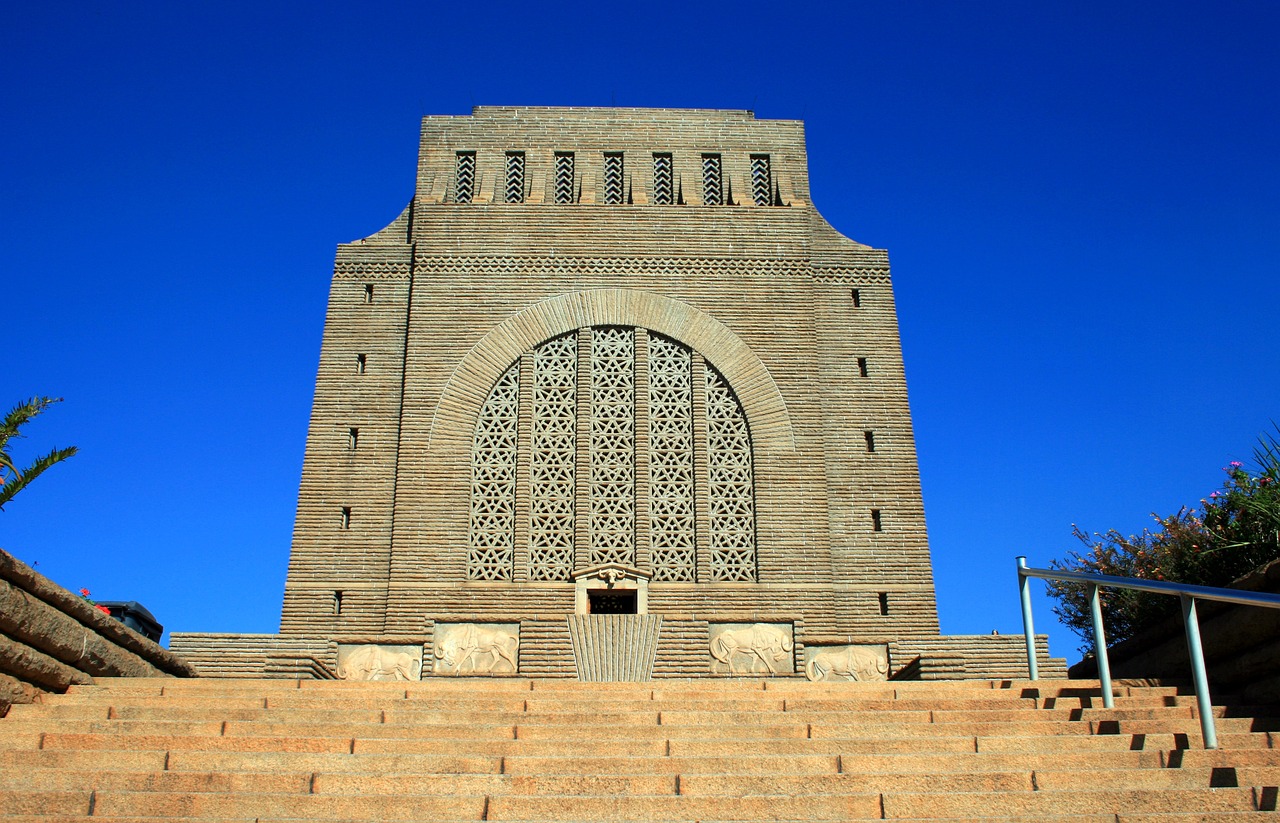
Impact on Identity
Exploring how monuments shape and preserve collective memory, influencing cultural identity and historical narratives.
Examining how monuments symbolize values, events, and individuals, reflecting societal ideals and historical significance.
Analyzing the controversies surrounding monuments, including discussions on historical accuracy, cultural appropriation, and political implications.
Discussing how monuments contribute to shaping individual and group identities, reinforcing cultural heritage and shared experiences.
Exploring how monuments serve as tools for remembering past events, honoring sacrifices, and preserving heritage.
Investigating how monuments are used by governments and groups to assert power, control narratives, and influence public opinion.
Examining efforts to decolonize public spaces by reevaluating monuments and promoting diverse historical perspectives.
Exploring the role of community participation and dialogue in reimagining monuments to better represent collective memory and shared values.
Considering the evolving nature of monument creation and preservation in response to changing societal values and historical interpretations.
Monuments play a crucial role in shaping the identity of individuals and communities. They act as mirrors reflecting the values, beliefs, and experiences that bind people together. Just like a family photo album preserves cherished memories, monuments preserve the collective memory of a society, reminding us of our shared history and heritage. These structures become landmarks not only in physical space but also in the landscape of our identities.

Memorialization of History
Memorialization of history through monuments is a powerful way to ensure that significant events and sacrifices are never forgotten. These structures stand as enduring symbols of the past, serving as reminders of the struggles, triumphs, and losses that have shaped societies. Monuments dedicated to historical figures or events immortalize their memory, allowing future generations to connect with the past and gain a deeper understanding of their cultural heritage.
Monuments play a crucial role in preserving history by commemorating pivotal moments that have influenced the course of nations. They serve as physical manifestations of collective memory, embodying the stories and narratives that define a community's identity. Through intricate designs and symbolic representations, these structures encapsulate the essence of historical events, inviting viewers to reflect on the significance of the past and its enduring impact on the present.
Furthermore, monuments dedicated to specific historical events, such as war memorials or monuments honoring civil rights movements, serve as poignant tributes to those who have made sacrifices for a greater cause. These structures not only honor the memory of individuals who have contributed to shaping history but also serve as places of reflection and contemplation for visitors, fostering a sense of reverence and gratitude for the past.
By commemorating history through monuments, societies can ensure that the stories of the past are passed down through generations, preserving the legacy of those who have come before. These structures serve as tangible links to the past, allowing individuals to engage with history in a meaningful and impactful way. Through the act of memorialization, communities can pay homage to their shared history and forge a deeper connection to their cultural roots.
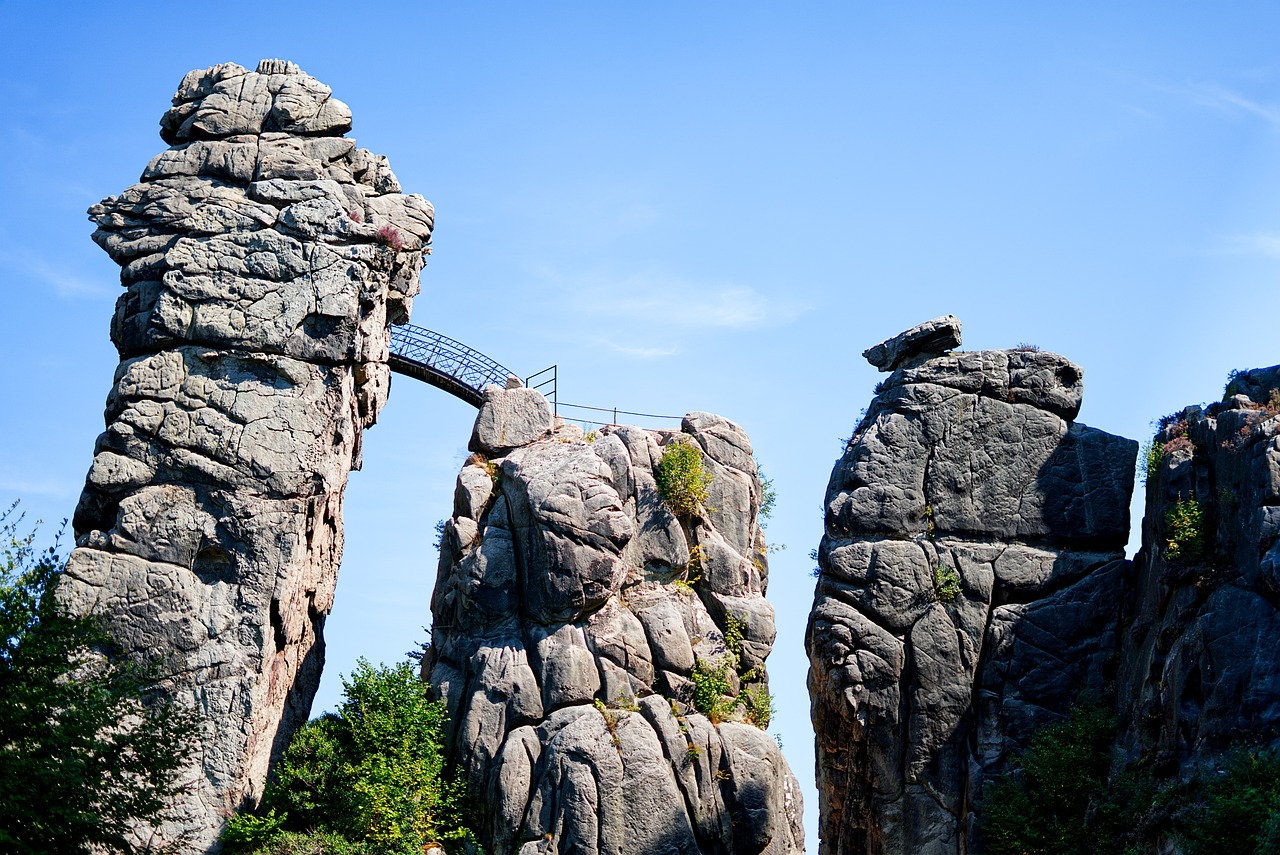
Monuments as Political Tools
Monuments hold a significant role as political tools, often utilized by governments and various groups to assert power, control narratives, and influence public opinion. These structures are not merely symbols of historical events or figures but are actively employed in shaping political discourse and reinforcing ideologies. By strategically placing monuments in public spaces, authorities can convey specific messages and ideologies to the masses, reinforcing a particular version of history or promoting certain political agendas.
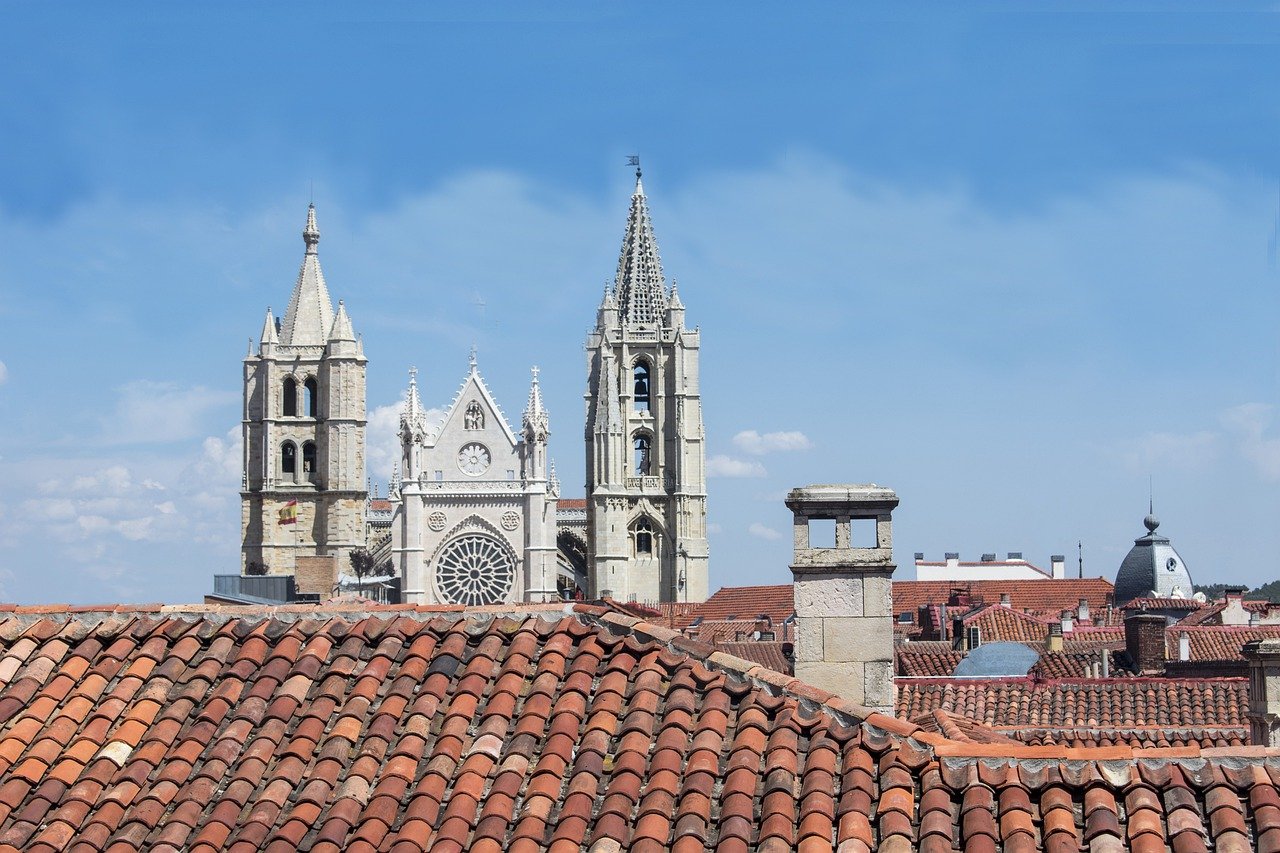
Decolonization and Reinterpretation
Decolonization and reinterpretation of monuments represent a crucial shift in acknowledging and rectifying historical inaccuracies and biases embedded in public spaces. By reassessing the significance and representation of monuments, societies aim to promote inclusivity and diversity in historical narratives.
One approach to decolonization involves reevaluating existing monuments to indigenous peoples, marginalized communities, and historical figures often overlooked in conventional narratives. This process seeks to challenge dominant perspectives and elevate voices that have been historically silenced or misrepresented.
Furthermore, the reinterpretation of monuments involves contextualizing them within the broader historical framework, acknowledging the complexities of their origins and the impact of colonization on their creation. This critical examination allows for a more nuanced understanding of the past and encourages dialogue on the implications of memorializing certain events or individuals.
Community engagement plays a pivotal role in the decolonization and reinterpretation of monuments, as it fosters dialogue, understanding, and collaboration among diverse groups. By involving local communities, historians, artists, and policymakers in the process, a more inclusive and accurate representation of collective memory can be achieved.
In essence, decolonization and reinterpretation challenge societies to confront uncomfortable truths, question established narratives, and embrace a more inclusive and accurate portrayal of history through monuments. This ongoing process reflects a commitment to acknowledging the diverse experiences and perspectives that shape our collective memory.

Community Engagement and Dialogue
Community engagement and dialogue play a crucial role in reshaping the narrative around monuments, fostering inclusivity, and promoting diverse perspectives. By involving local communities in discussions about monument representation, stakeholders can collaboratively work towards creating a more reflective and inclusive public space. This process allows for a deeper understanding of the historical significance of monuments and encourages dialogue on how to better represent shared values and collective memory.

Future of Monumental Representation
The future of monumental representation is a dynamic landscape that continuously evolves in response to shifting societal values and historical interpretations. As we progress into the future, the way we create and preserve monuments is likely to undergo significant transformations to better align with contemporary perspectives and sensibilities.
One aspect that is gaining prominence in the future of monumental representation is the emphasis on inclusivity and diversity. There is a growing recognition of the need to represent a broader range of voices and experiences in public monuments to reflect the diversity of society. This shift towards inclusivity aims to create a more representative and equitable narrative of history that resonates with a wider audience.
Technological advancements are also expected to play a significant role in the future of monuments. With innovations such as augmented reality and interactive displays, monuments have the potential to offer more engaging and immersive experiences for visitors. These technological enhancements can provide deeper insights into historical events and figures, enriching the overall storytelling aspect of monuments.
Furthermore, the future of monumental representation is likely to see increased collaboration between artists, historians, community members, and other stakeholders. By involving a diverse range of perspectives in the creation and interpretation of monuments, there is an opportunity to foster greater dialogue and understanding among different groups. This collaborative approach can lead to the development of more nuanced and inclusive representations that resonate with a wider audience.
In conclusion, the future of monumental representation holds promise for more inclusive, diverse, and engaging narratives that reflect the complexities of history and society. By embracing new technologies, fostering collaboration, and prioritizing inclusivity, monuments have the potential to become powerful tools for storytelling and commemoration in the years to come.
Frequently Asked Questions
- What is the significance of monuments in shaping collective memory?
Monuments play a crucial role in preserving historical events, values, and individuals, thereby influencing cultural identity and shaping societal narratives. They serve as tangible symbols that reflect shared experiences and ideals, contributing to the formation of collective memory.
- Why do monuments often spark controversy and debate?
Monuments can be controversial due to differing interpretations of history, concerns about cultural appropriation, and political implications associated with their presence. These debates highlight the complexities of memorialization and the need to address diverse perspectives in representing shared heritage.
- How do monuments contribute to the identity of individuals and communities?
Monuments play a significant role in reinforcing cultural heritage and shaping group identities by commemorating historical events, honoring sacrifices, and promoting a sense of belonging. They serve as visual reminders of shared values and experiences that connect individuals to their past.
- What is the future of monumental representation in response to changing societal values?
The future of monuments involves reevaluating existing representations, promoting diverse historical perspectives, and engaging in dialogue to better reflect the evolving values of society. Efforts to decolonize public spaces and reimagine monuments aim to create inclusive narratives that resonate with diverse communities.





